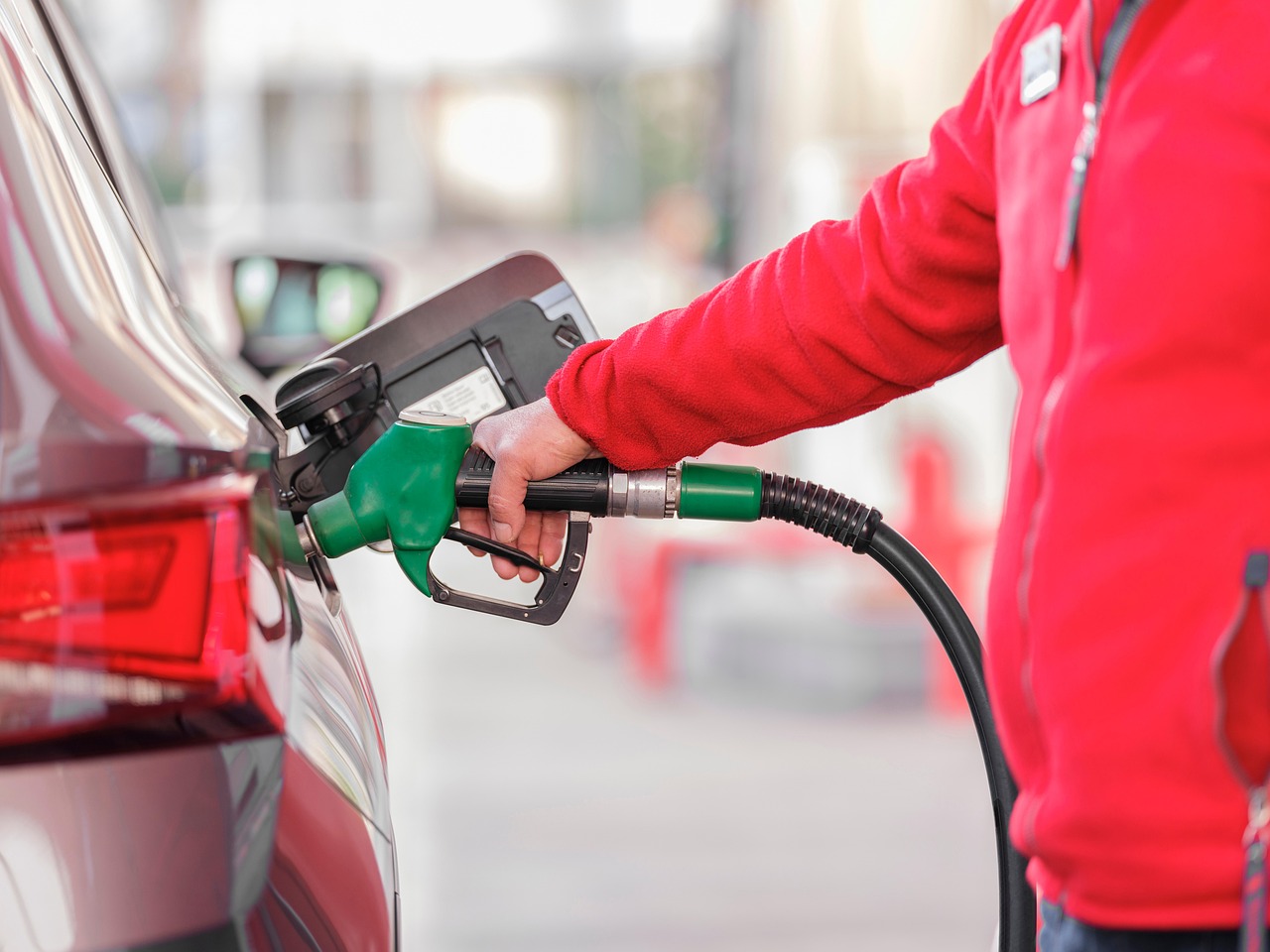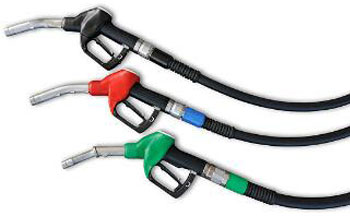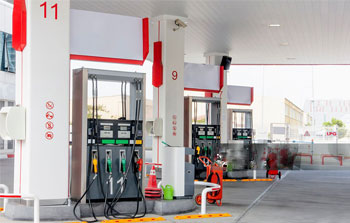The emergency shut-off valve, also known as the safety shut-off valve, is a valve that can be quickly closed or opened in case of emergencies to avoid accidents. It can be automatically or manually closed in the event of fire, leakage and other accidents, cutting off the oil flow and preventing the accident from expanding. This valve is commonly used in submersible pump fuel 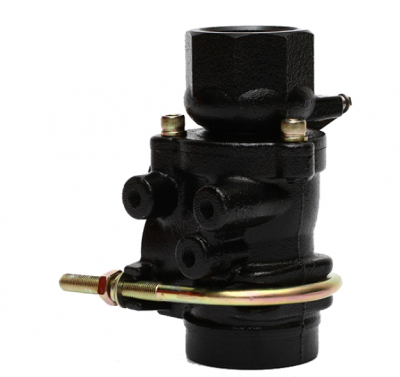 dispensers. When a fire occurs or the dispenser is knocked over, the valve core can automatically close and cut off the oil flow in the pipeline to avoid safety accidents. The gas station fuse emergency valve can automatically and quickly cut off the oil flow when the dispenser collapses or a fire occurs, playing a role in safety and fire prevention.
dispensers. When a fire occurs or the dispenser is knocked over, the valve core can automatically close and cut off the oil flow in the pipeline to avoid safety accidents. The gas station fuse emergency valve can automatically and quickly cut off the oil flow when the dispenser collapses or a fire occurs, playing a role in safety and fire prevention.
As one of the equipment we often use in our lives, fuel dispenser’s main function is to refuel vehicles. However, due to various reasons, such as aging of the machine and untimely maintenance, the fuel dispenser may experience emergencies such as oil leakage and fire at the bottom. At this time, the emergency shut-off valve at the bottom of the fuel dispenser can play an important role. It can quickly cut off the flow of fuel in the fuel dispenser in an emergency to ensure the safety of personnel and equipment. Therefore, the emergency shut-off valve at the bottom of the fuel dispenser is one of the important safety guarantees of the fuel dispenser.
Function of Emergency shut-off valve
- Ensure refueling safety: The shut-off valve of the refueling machine can automatically cut off the oil circuit immediately when an abnormal situation occurs, ensuring that gas stations, refueling machines and vehicles will not cause accidents due to oil circuit leakage.
- Avoid waste: The shut-off valve of the refueling machine can accurately control the amount of refueling, prevent oil spills caused by refueling machines or other factors, and reduce oil waste.
- Extend equipment life: The shut-off valve of the refueling machine can control the oil circuit of the refueling machine, effectively avoid oil circuit overload or overpressure, and extend the service life of the refueling machine equipment.
- Improve work efficiency: The shut-off valve of the refueling machine can accurately control the amount of refueling, ensuring that the refueling operation is completed quickly and efficiently.
Working principle of emergency shut-off valve
A large truck rushed into the gas station, causing the gas pump to overturn, but there was no gasoline leakage from the gas pump. What was the reason? It turned out that at the bottom of the gas pump, where it was connected to the underground pipeline, there was a device called an emergency shut-off valve. When the gas pump overturned and under the impact of external force, the upper and lower valve bodies of the emergency shut-off valve would separate like being cut by a knife (we call it shear stress separation). The upper and lower valve bodies have valve covers, which close one end of the gas pump and one end of the pipeline respectively. In this way, the gasoline will be sealed and the fuel at both ends can be effectively sealed. Prevent further oil spills, thereby minimizing the risk of flammability. A high-temperature fuse switch is installed on each emergency shut-off valve. When the predetermined temperature is reached, the switch is triggered to fuse, causing the valve body to close, and the oil pipeline is urgently cut off, blocking the oxygen and combustibles in the pipeline, so that combustion cannot be achieved, thereby achieving safe control of gas station operations.
Features of emergency cut-off valve
- High reliability: The materials and designs used in the emergency shut-off valve of the fuel dispenser are very reliable, and can work normally in harsh environments, providing safety protection for users.
- Quick action: When the fuel dispenser is in an abnormal state, the emergency shut-off valve can respond quickly, cut off the oil flow, and effectively avoid the occurrence of dangerous events.
- Easy to maintain: The emergency shut-off valve of the fuel dispenser has a simple structure and is easy to maintain. It does not require too much operation by professional technicians, which reduces the cost of use and maintenance.
- Strong pertinence: The emergency shut-off valve of the fuel dispenser can be customized according to the specific needs of the user, and the shape and size can be designed according to the characteristics of the fuel dispenser itself to maximize pertinence.
Installation of emergency cut-off valve
Generally speaking, the emergency shut-off valve of the fuel dispenser should be installed correctly according to the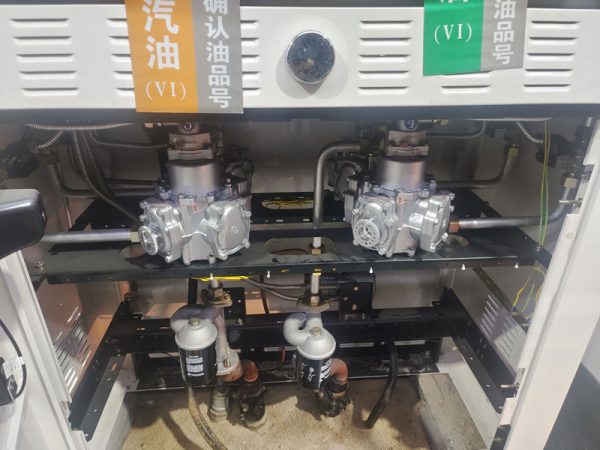 requirements of the product manual or installation drawings. In general, the standard emergency shut-off valve should have the same oil flow direction as the valve arrow direction. If the installation direction is opposite, it may cause the oil flow to flow in the opposite direction, resulting in the failure of the valve to be shut off urgently and the failure to achieve the expected safety protection effect.
requirements of the product manual or installation drawings. In general, the standard emergency shut-off valve should have the same oil flow direction as the valve arrow direction. If the installation direction is opposite, it may cause the oil flow to flow in the opposite direction, resulting in the failure of the valve to be shut off urgently and the failure to achieve the expected safety protection effect.
If it has been found that the fuel dispenser emergency shut-off valve is installed in the opposite direction, it is necessary to immediately replace or reinstall the valve in the correct direction. During the replacement process, you can choose an emergency shut-off valve that meets the standards, or ask a professional to replace it.
Precautions
- Regular inspection: The emergency shut-off valve of the fuel dispenser needs to be inspected regularly to ensure that it is working properly. If any problems are found, it should be replaced or repaired in time.
- Pay attention to the installation position: The installation position of the emergency shut-off valve of the fuel dispenser should be as close to the fuel dispenser as possible to facilitate emergency shut-off.
- Check before use: Before using the emergency shut-off valve of the fuel dispenser, it needs to be inspected to ensure that there are no abnormalities.
